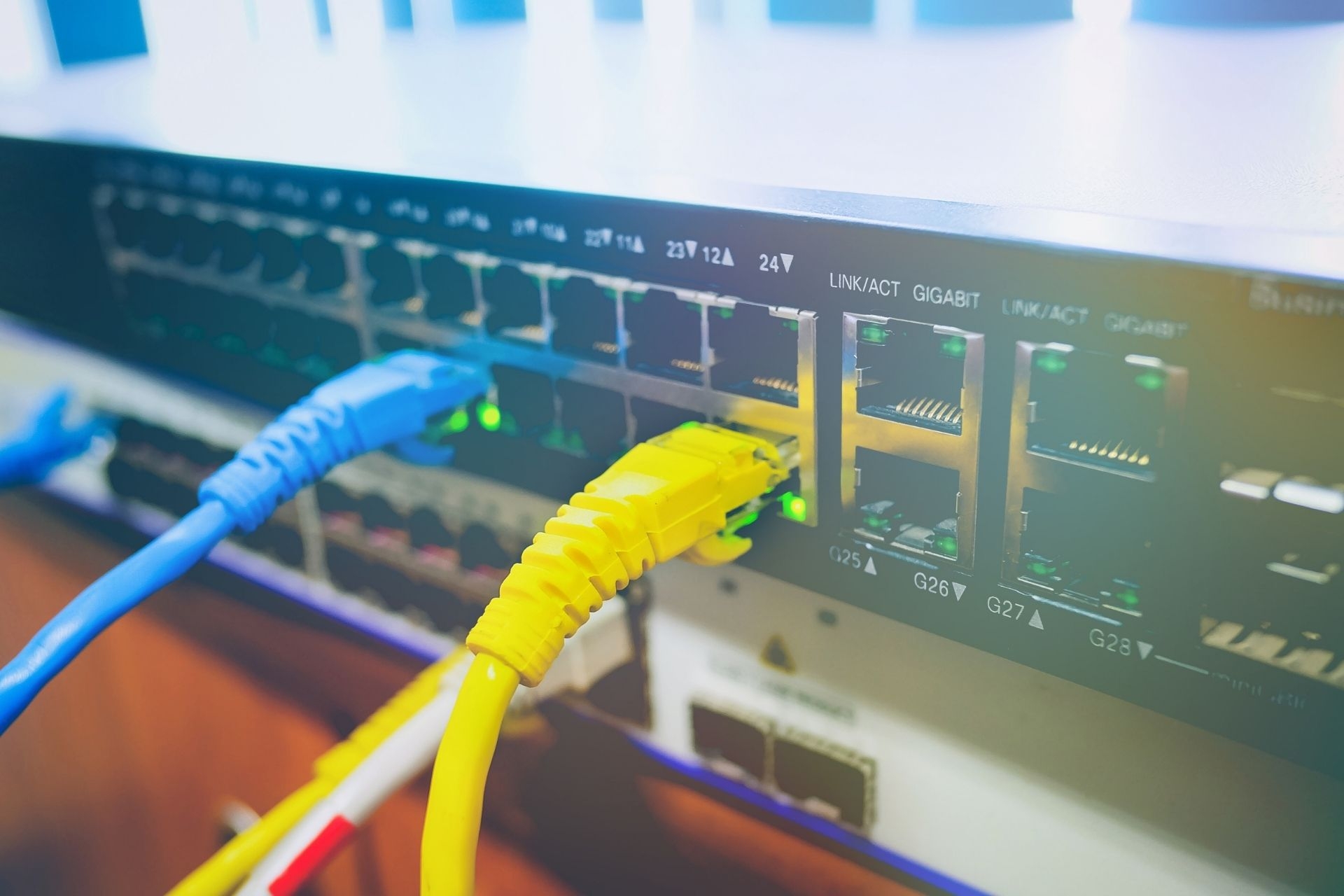Subsea Cable Landing Stations
What are the key components of a subsea cable landing station?
A subsea cable landing station consists of several key components that are essential for connecting undersea cables to terrestrial networks. These components typically include cable landing points, transmission equipment, power supply systems, data center facilities, and security measures to protect the infrastructure.
Network Infrastructure For Bulk Internet Services



